La autora, investigadora de la Universidad Martín Lutero de Halle-Wittenberg, recuerda que los datos servían para controlar el país en la época colonial. Hoy, la estadística poblacional contribuye a revelar realidades que apoyen políticas públicas encaminadas a un mejor desarrollo, pero hay polémica.
Ghana acaba de efectuar su censo de población y vivienda más reciente, una tarea que se lleva a cabo cada diez años. Por primera vez se ha utilizado un sistema digital de recopilación y transferencia de datos. El uso de las innovaciones digitales ha aportado ventajas significativas. Por ejemplo, ha facilitado la comprobación de la calidad de los datos en tiempo real y reducido el tiempo necesario para procesarlos.
En un artículo de investigación publicado el año pasado, examiné la transformación digital del sistema de datos ghanés sobre la población. Por el momento, el estudio de estos avances se ha centrado principalmente en los costes y la aplicación.
Pero hay también aspectos políticos y sociales que se han pasado en gran medida por alto. Por ejemplo, el objetivo del censo digital de este año era dar “voz a todos los habitantes del país”. Para lograrlo, se introdujeron cambios, como por ejemplo, nuevas categorías censales que cubren la situación de discapacidad. Esto indica una nueva forma de inclusividad. Y con el uso de las TIC, las nuevas áreas focales incluían el acceso a infraestructuras básicas.
Por otra parte, el último recuento de habitantes ofrece una ventana al disputado terreno de las estadísticas de población. Estas se basan en clasificar la variación individual en categorías, que son medios técnicos para poder contar los habitantes. Pero son mucho más que eso. Producen líneas divisorias con las que la gente se identifica, personal y colectivamente. De ese modo constituyen un elemento fundamental para esquematizar a la ciudadanía y representarla como nación.
Ghana es una democracia relativamente joven. Y la construcción del país aún no ha terminado. No es de extrañar, por tanto, que las categorías de los censos hayan sido objeto de debate. El último no se ha librado. Queda claro por el hecho de que ha suscitado emociones intensas acerca de la ciudadanía y la pertenencia.
La consolidación del sistema estadístico
Históricamente, el sistema de datos de población ghanés ha dependido en gran medida de la realización de censos. Algunos países, como Países Bajos o Dinamarca, se basan en sus sistemas de registro civil para obtener esas estadísticas. Pero, tradicionalmente, en Ghana no se ha invertido lo suficiente en estas capacidades. Por lo tanto, los cálculos de población requerían encuestas y proyecciones periódicas.
En la era colonial, los censos no se centraban tanto en las condiciones de vida de la población como en establecer el control sobre la colonia
Los cimientos para establecer un sistema estadístico integral en Ghana pueden situarse en la Constitución de 1979 y en la Ley de Servicios Estadísticos de 1985. Ambas establecieron el Servicio Estadístico de Ghana como un organismo independiente. En 2019, una revisión de la Ley de Servicios Estadísticos (Ley 1003) otorgó competencias adicionales a la institución.
Esta consolidación ha beneficiado de distintas maneras al censo de población y vivienda de 2020/2021. Por ejemplo, se ha usado el sistema de direcciones del país para comprobar la calidad de los datos mediante la comparación con el registro de viviendas existente.
La evolución
En la historia ghanesa posterior a la independencia, la confección del censo hacía algo más que meramente cubrir las necesidades de datos de diferentes programas políticos y de desarrollo. Ha ayudado también a construir una sociedad en la que los individuos se reconocieran a sí mismos. De este modo, ha contribuido de manera crucial a forjar la visión que el país tiene de sí mismo.
Por ejemplo, según escribe el historiador Gerardo Serra, el primer censo de Ghana después de la independencia, realizado en 1960, se presentó como un alejamiento del colonialismo y como un primer paso hacia la era moderna. En la época colonial, estos recuentos no se centraban tanto en las condiciones de vida como en establecer el control sobre la colonia.
Cuando Ghana volvió al régimen democrático, en 1992, el censo hizo hincapié en el desarrollo nacional prestando más atención a la planificación del agua, el transporte, la salud y las infraestructuras educativas
Tras la independencia, reflejaban la preocupación cada vez mayor por el aumento de los habitantes, y se centraban en la natalidad y la ciudadanía. Gradualmente, se fueron añadiendo categorías que supuestamente debían reflejar la estructura económica del país. Por ejemplo, tras los programas de ajuste estructural de 1983, el censo de 1984 se adaptó a las necesidades de las organizaciones internacionales, entre ellas, el Banco Mundial.
Por otra parte, la descentralización en ciernes del sistema de Gobierno exigía una localización mayor del análisis y la declaración de datos. Cuando Ghana volvió al régimen democrático, en 1992, la elaboración de la estadística hizo hincapié en el desarrollo nacional. Las cuestiones a las que se prestó mayor atención fueron la planificación del agua, el transporte, la salud y las infraestructuras educativas.
Desacuerdos
Los cambios en el objeto y el método ghanés han ido acompañados históricamente de desacuerdos acerca de las categorías utilizadas. Se añadieron y situaron en primer plano nuevas categorías, como los límites de las autoridades locales, los nombres de las comunidades o las distinciones profesionales.
Este censo no ha sido distinto. Los debates públicos y los boicots locales a la edición del 2021 se han centrado en las preocupaciones por una representación insuficiente.
Por ejemplo, en la región de Alta Ghana Oriental se expresó la preocupación por la supuesta discriminación en la enumeración de localidades. En la región del Volta, las protestas se centraron en que supuestamente no se habían incluido subgrupos de la etnia ewé.
El estudio suscitó también debate público acerca de quién se considera ghanés. Algunos alegaban que determinados grupos incluidos en la entrevista representaban a extranjeros. Por ejemplo, tachaban de togoleses a los residentes en las zonas fronterizas, mientras que repetidamente se calificaba de inmigrantes a las poblaciones de fulanis y hausas.
Y mientras que el Gobierno lo enmarcaba como un medio para mejorar el desarrollo del país, algunos residentes afirmaban que no iban a participar porque el desarrollo había pasado por alto a sus comunidades.
Estos debates han politizado la elaboración de esta estadística, convirtiéndola en una oportunidad para cimentar la identidad nacional y, al mismo tiempo, reformular el relato oficial sobre el potencial de los datos para fomentar el desarrollo.
El censo de población y vivienda de 2020-2021 ha ido acompañado de la promesa de mejores datos para el desarrollo. Sin embargo, las protestas en torno a la identidad y la pertenencia son preocupaciones que la tecnología no puede solventar.
Alena Thiel es investigadora posdoctoral, investigadora principal del artículo How Democracies Know: Identification Technologies and Quantitative Analyses of Development in Ghana, Universidad Martín Lutero de Halle-Wittenberg.
Fuente: https://elpais.com/planeta-futuro/2021-08-13/ghana-ha-renovado-su-censo-para-hacerlo-mas-inclusivo-pero-han-aflorado-las-viejas-tensiones.html
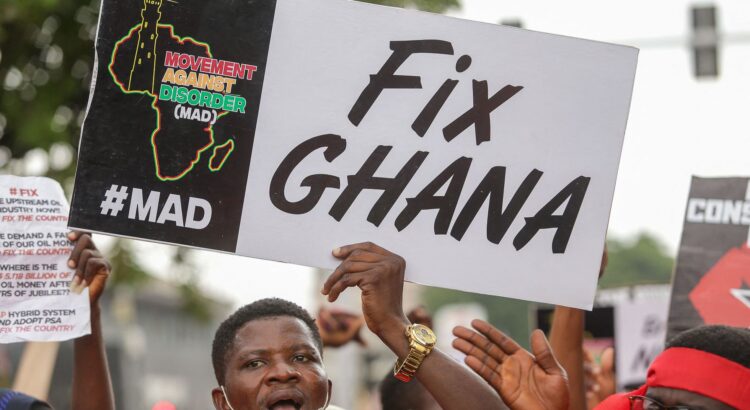

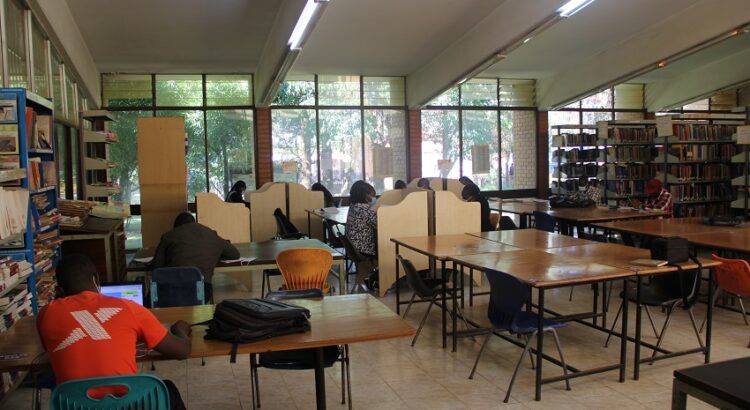


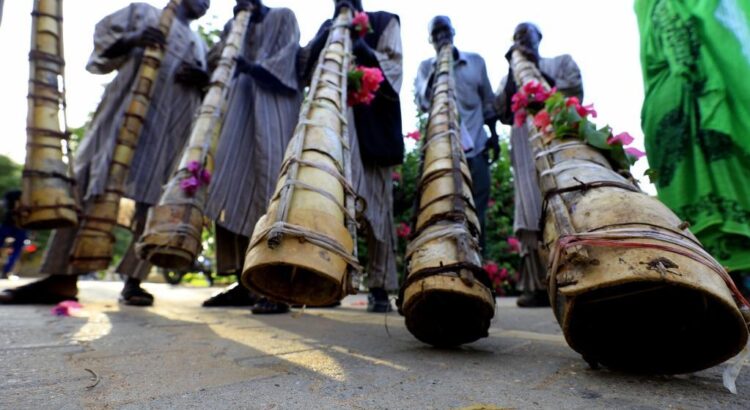


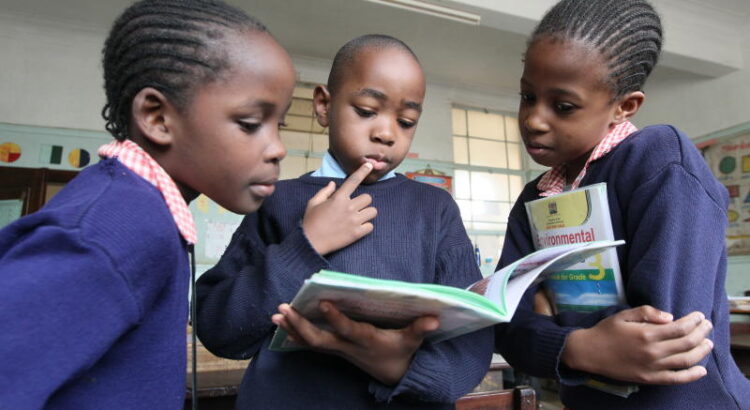
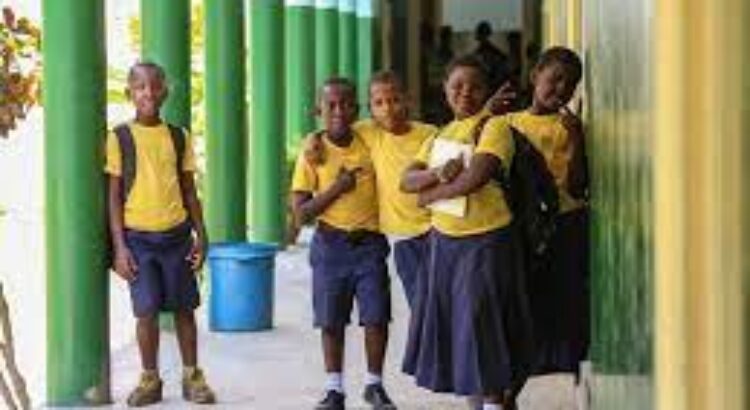







 Users Today : 15
Users Today : 15 Total Users : 35460902
Total Users : 35460902 Views Today : 27
Views Today : 27 Total views : 3420217
Total views : 3420217